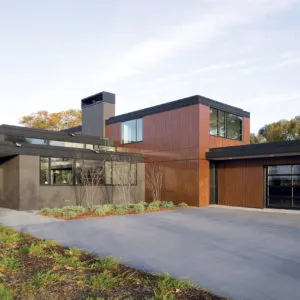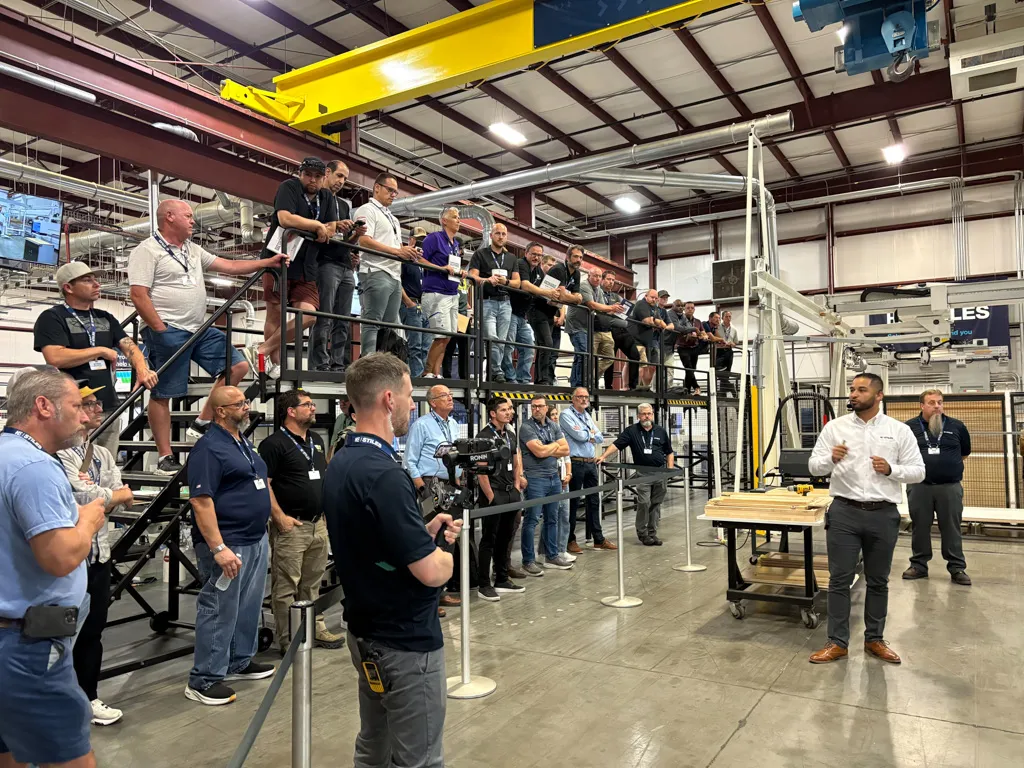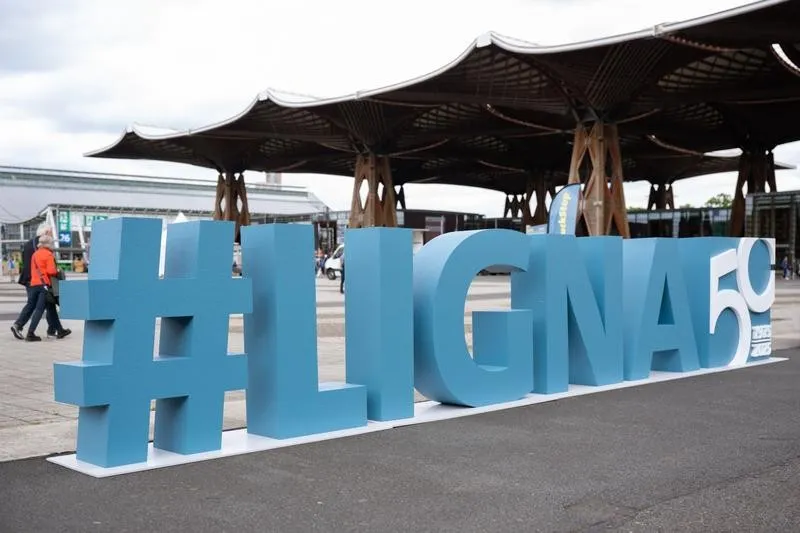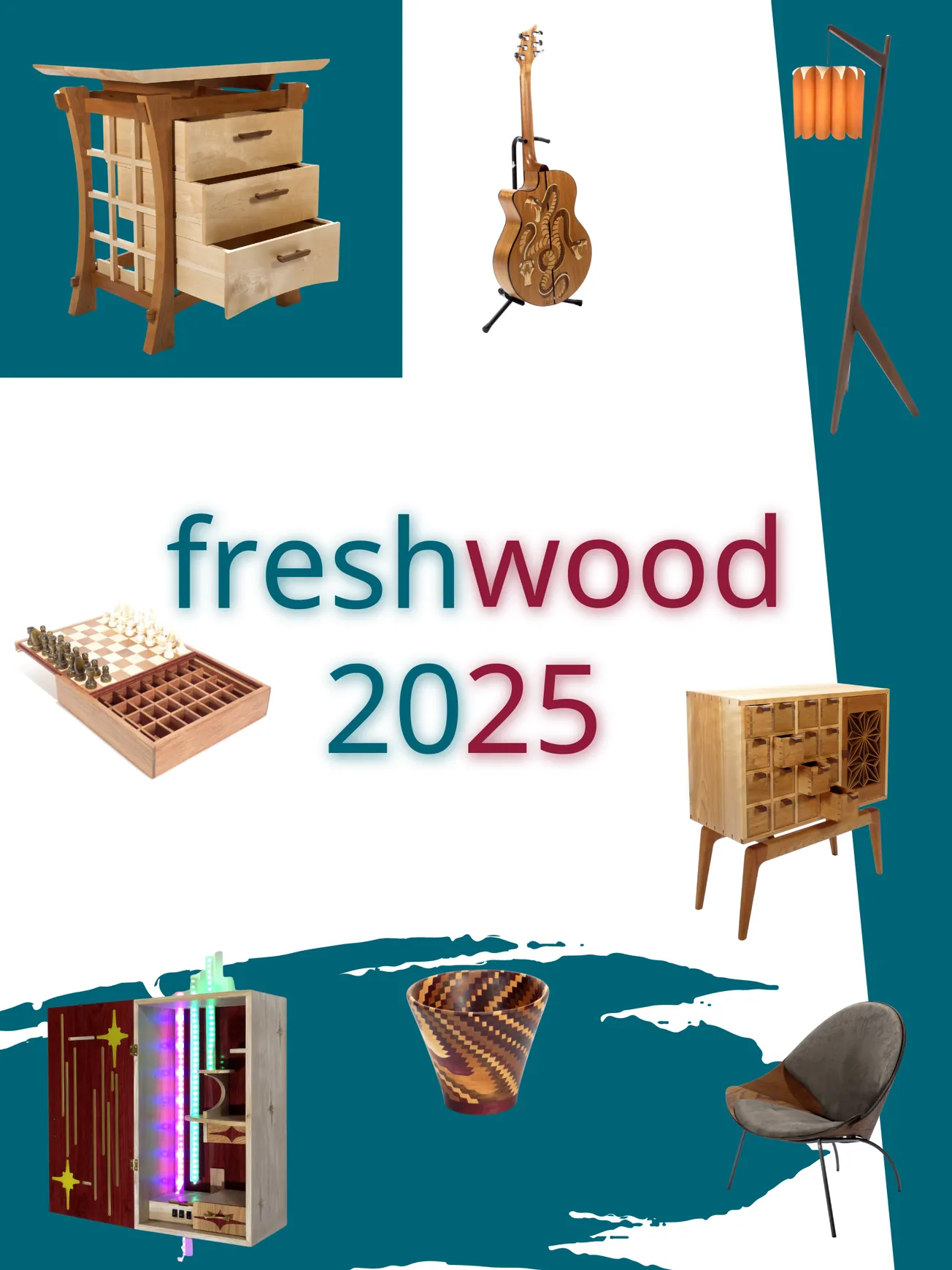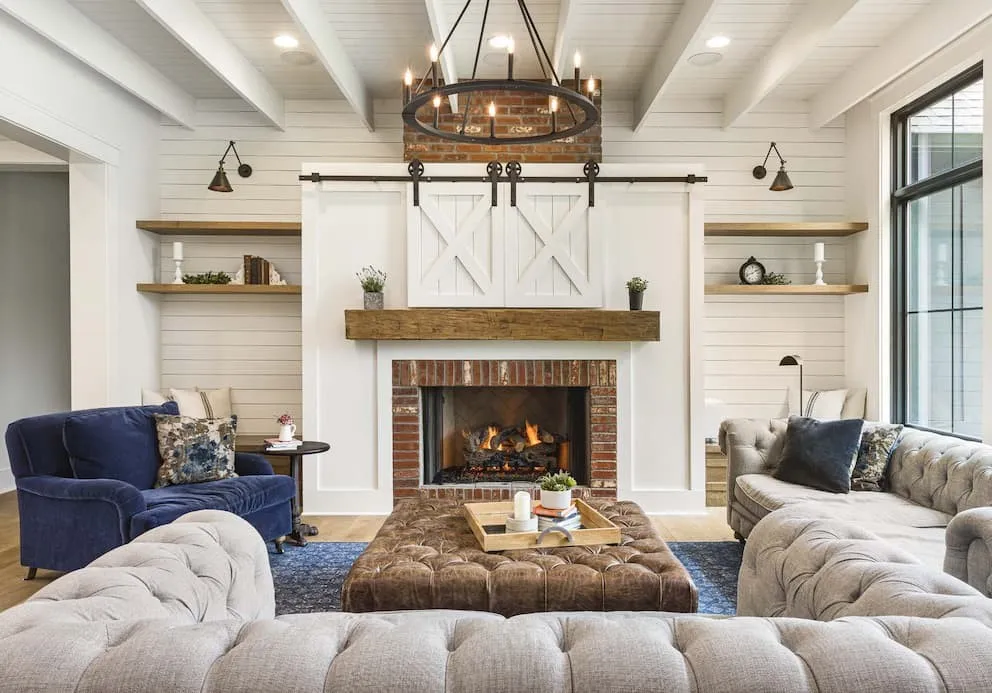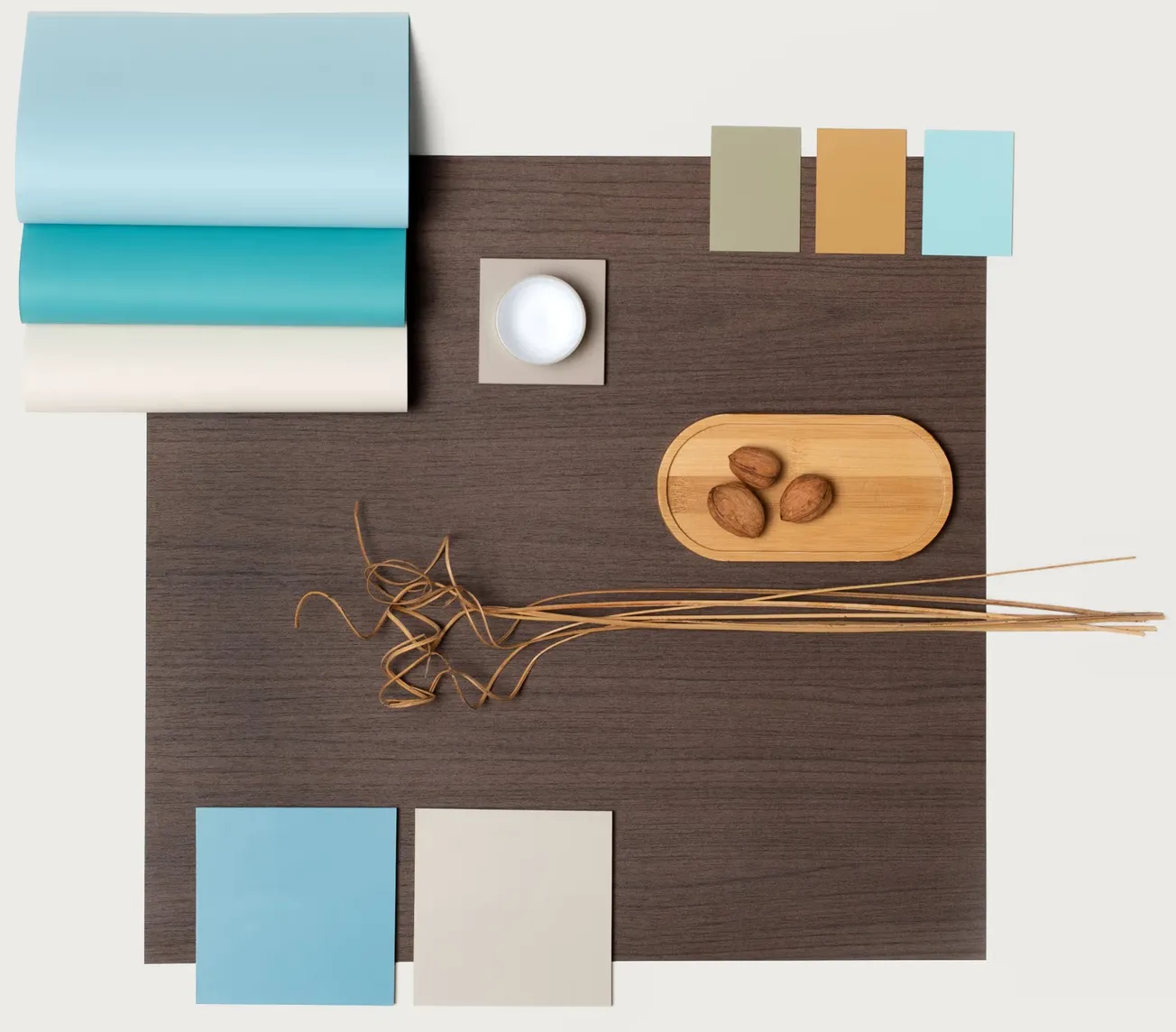Table of Contents
SIMONA pleased with product’s U.S. debut in mHouse
By Scott W. Angus
SIMONA had an especially keen interest in the success of its SIMOWOOD on the exterior of the recently completed mHouse in Watertown, Wisconsin.
The Resysta technology used to make SIMOWOOD had been applied in smaller-profile projects over the past 15 years, but the larger SIMOWOOD sheets used for the mHouse had been introduced worldwide only 15 months earlier. The Wisconsin project was the first for the product in the United States.
To put it simply, things went well, and the people at SIMONA are pleased. SIMONA AG, based in Kirn, Germany, is a manufacturer of thermoplastic products, with production facilities and sales offices around the globe.
“Because SIMOWOOD is a new material, it was very important to have a successful first U.S. installation,” said Larry Brophy Sr., U.S. representative for SIMOWOOD. “The mHouse project was a great way to begin the North American market introduction. It showed the versatility of SIMOWOOD, and we also were able to learn about the installation – what worked and what can be improved.”
SIMOWOOD is the first large-scale sheet made of Resysta®, an innovative hybrid material based on rice husks and a thermoplastic. The extruded sheets are processed to look and feel like wood. SIMOWOOD is highly resistant to external influences such as sun, rain, snow or salt water, and as an alternative to tropical timber, it helps protect natural resources.
SIMOWOOD is extruded from a one-of-a-kind large-scale machine, making SIMONA the only company capable of making it, Brophy said, but it’s the company’s extensive experience as a worldwide leader in plastics that enabled it to develop and extrude this complex material. With a range of thicknesses from 3mm to 8mm and sheets 49 inches wide and up to 145 inches long, SIMOWOOD has applications in many industries, including cabinetry and woodworking, furniture, flooring, wall systems, marine decking/ cabinetry and building facades.
Brophy stressed that while SIMOWOOD looks and feels like real wood, it has none of the problems associated with wood, such as swelling, rot, mold or fading.
John Aufderhaar, president of Bedford Falls Communications, which built the mHouse, said the product’s strength and durability were key reasons it was included in the house, which was designed to showcase new and innovative materials. Bedford Falls publishes Surface & Panel and its materialicious website.
SIMOWOOD’s look also played a role. Most of the house’s exterior is phenolic panels made by Fiberesin with a walnut decorative surface.
“We used SIMOWOOD partially because it gives the house another design appeal,” Aufderhaar said. “It gives you a solid color with a wood grain to complement the Fiberesin panels and create some interest.”
For the mHouse, SIMOWOOD was used for the fascia, on the siding around the kitchen, on the chimney and as the horizontal cap to a knee wall near the front entrance. The fascia and knee wall cap were stained black and the rest gray using a two-part stain and sealer formulated by Resysta.
The product’s moisture resistance was a key selling point in all of its applications but especially on the knee wall.
“SIMOWOOD is the perfect application for an exterior environment,” Aufderhaar said. “For the top of the knee wall, for example, it’s hard to find any material that you can put on a horizontal surface where water will actually sit that won’t rot. If you used a regular piece of wood, it wouldn’t last very long.”
Brophy also noted SIMOWOOD’s versatility, with its many design and color options and the flexibility to cut anything from narrow panels to large panels from a single sheet.
The mHouse and SIMONA had another partner in preparing the SIMOWOOD for its use on the project – Stiles, a world leader in machine manufacturing based in Grand Rapids, Michigan. The material was shipped to Stiles’ facility in High Point, North Carolina, where it was put into the Homag Automation Intellistore before being cut to the sizes needed in Wisconsin and then run through the sander to impart the wood grain look and prep it for staining.
“Overall, we are very pleased with how the SIMOWOOD looked after installation,” Brophy said.
“The façade was installed and looks like any other rain screen material, and that was one of our goals. The fascia board and knee wall showed SIMOWOOD’s versatility. And the different colors showed the many options available from one material.”

For the mHouse, SIMOWOOD was used for the fascia, on the siding around the kitchen, on the chimney and as the horizontal cap to a knee wall near the front entrance.


